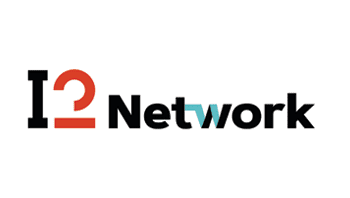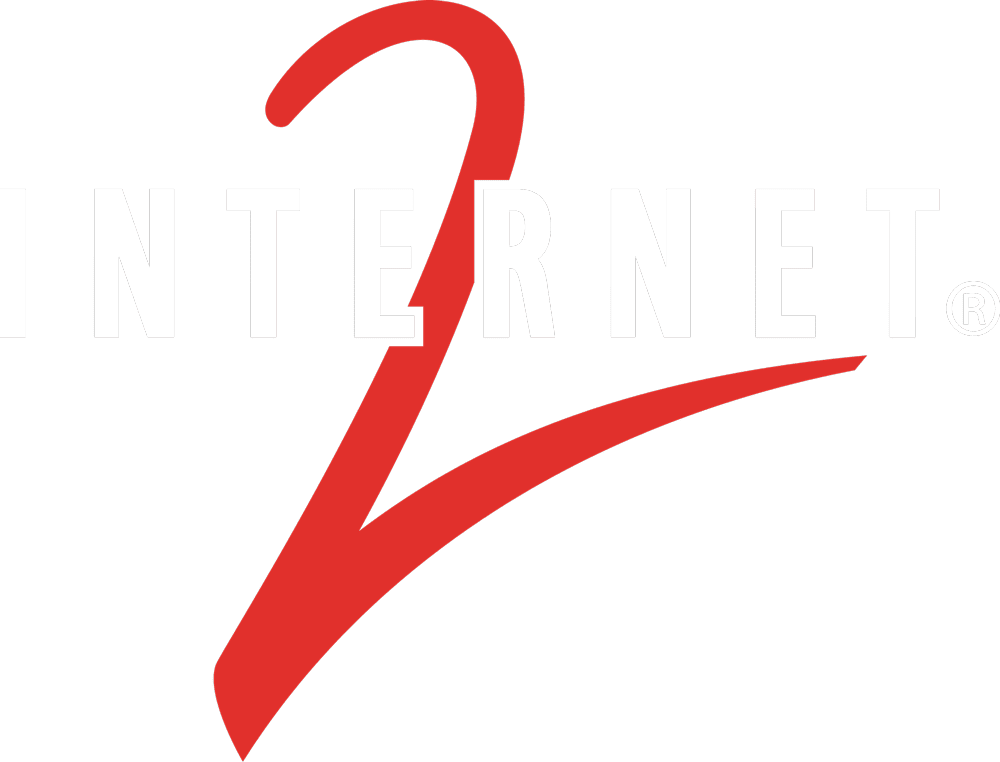13
February
2023
Make Network Automation a Priority in 2023: A Call for Collaboration in the Research and Education Community
By George Loftus - Acting Vice President, Network Services

During the Internet2 Technology Exchange at the close of last year, attendees facilitated one of the most engaging conversations our community has had for quite some time. The topic? Network automation.
Perhaps it was the excitement of us all gathering together in person for the first time in three years that led to such broad engagement by those present. But I think it was also driven by the hunger that folks had to learn more about what their colleagues are doing in this emerging practice in networks.
Frank Seesink of the University of North Carolina at Chapel Hill kicked off the conversation at the Connector/Network Member Birds of a Feather (BoF) session with this: “I know there’s a lot going on with automation in our community, but we just don’t seem to be sharing it. What are you doing with network automation? What can you share?” And with that, an hours-long vivacious conversation began.
We heard from folks who have taken on large greenfield projects such as Amy Liebowitz at the University of Michigan, along with those who are striking out with smaller efforts. We heard from those who have decades of networking experience like David Sinn of the University of Washington and the Pacific Northwest Gigapop (PNWGP), along with those who are just starting their careers.
One outcome of the conversation is a new monthly meeting of the NTAC Network Automation Special Interest Group (SIG). (ICYMI: Read more about the Network Automation SIG in Shannon Byrnes’s blog.)
Network Automation: Are We There Yet?

At TechEX, we also heard from multiple organizations – including Indiana University’s GlobalNOC, the Lonestar Education and Research Network (LEARN), the University of North Carolina at Chapel Hill, and Internet2 – during a panel discussion titled “Network Automation: Are We There Yet?” which Frank moderated as well. I’m afraid the answer, in a nutshell, is the same answer many of us heard from our parents (or that we have said as parents) when asked that question on a family road trip: not yet.
That panel was a great representation of organizations that are tackling the challenges of network automation. There is a lot to it, and often the work needs to be done among all the operational tasks that a network engineering team faces on a daily basis. But, returning to the family road trip metaphor, we are making good time.
The panelists may represent just the tip of the spear when it comes to taking on the challenge of network automation. While each spoke of their challenges, they also provided plenty of examples of why the trip is worth it. Often progress is just a matter of taking those first steps – and facilitating discussions and creating places to share our collective knowledge like the Network Automation SIG. Through these efforts, we can create roadmaps that others can follow on their network automation journey, like postcards saying, “wish you were here!”

Barriers and Brakes to Network Automation
I think the biggest challenge surrounding network automation is simply getting started. The folks we rely upon to implement network automation – those dedicated engineers who keep everything running smoothly even when things go bump in the night – have a pretty full plate already. Carving out time to work on network automation is going to take planning, support from management and teammates, and perhaps a little help from some DevOps friends.
There is also debate about whether taking on automation can be done incrementally, or whether it is best to have a greenfield opportunity. Akbar Kara of LEARN noted in a past discussion that his team took advantage of a necessary network-wide upgrade to implement some automation tools, and they decided this would be their preferred method going forward. This is one example that falls in between greenfield and incremental approaches.
Another barrier is the lack of a blueprint for how to go about automation. There are so many tools, methods, and paths that one can follow to implement automation. It can be daunting, and nobody wants to choose the wrong platform or toolset only to start over later. That is where this community dialogue around best practices and practical experiences can be so vital to our collective progress.
Let’s Make Network Automation a Priority in 2023
To pull this up a few thousand feet and perhaps get a little philosophical: I think automating the management of our networks is the only way we are going to be able to address the needs of the research and education (R&E) community and ensure we deliver on our promise to provide next-generation advanced networking resources.
As many of you know, Internet2 has engaged the community in developing a five-year roadmap, conducting listening sessions with over 450 individuals thus far. In reviewing early drafts of the input received, I see several areas where network automation may help us resolve some of the challenges and seize some of the opportunities we face, including:
- pressure on rural colleges and universities, as well as small colleges everywhere, to find and retain qualified talent;
- need for workforce development overall, including that required to make up for the loss of BGP expertise in the community;
- supporting a broader community, including the Minority Serving – Cyberinfrastructure Consortium (MS-CC) campuses, and inclusion of institutions across the U.S. R&E community so that they can also advance the cyberinfrastructure posture on their campuses; and
- desire from our state and regional network partners to further enhance the services they provide to their members – continuing the long tradition of supporting the unique needs of the R&E community.
Underlying these and other challenges and opportunities is the need to develop standards among Internet2 members to facilitate the interoperability of our networks. The time is ripe to bring the community together to create an “automation clearing house” akin to what has been done with MANRS in the routing integrity space. In other words: a clearing house where we can develop some basic building blocks that will help practitioners get started and ensure they are on a path to interoperability with their colleagues.
There is a lot to get done, and I see an opportunity for the R&E community to do what we do best – collaborate on common solutions that can be shared to raise the capabilities of all. We need to build tools and services that will allow the engineers across the R&E network ecosystem, including those at our state and regional networks, to extend capabilities to support constituents from researchers to K-12 teachers and to continue our legacy of providing services tailored to the needs of the R&E community.
For many, this is one of those rare professional opportunities to make a real contribution to advance the state-of-the-art of network engineering in R&E – whether through contributing their extensive knowledge of network engineering, learning new NetDevOps skills, or developing best practices. To ensure our collective success, we will need to do what our community does best: convene and collaborate.
Join the Community’s Network Automation Conversation
Community members participating in the Internet2 Network Technical Advisory Committee (NTAC) recently kicked off monthly meetings of the Network Automation SIG to share their experiences with the good, the bad, and the ugly of network automation. They’ll exchange ideas, ask questions, and demo their organizations’ approaches in the automation and orchestration space. Internet2 community members who would like to join the SIG can complete this form to indicate their interest.
ICYMI
- What if We Get All the Mountaineers Together? Internet2 Community Forms New Network Automation Special Interest Group
- Automation and Orchestration No Longer a ‘Nice to Have’ for Internet2’s Next Generation Infrastructure
- Community Is at the Center of ‘Getting It Right’ for the Internet2 Insight Console
- White Paper: New Community Resource Unpacks Misconceptions and Touts Benefits of Network Automation for Any Organization
